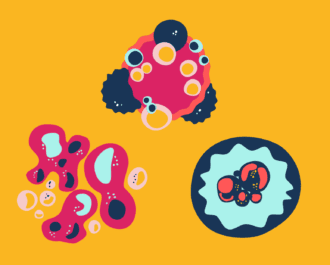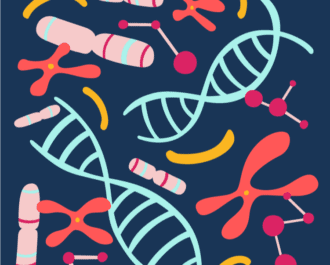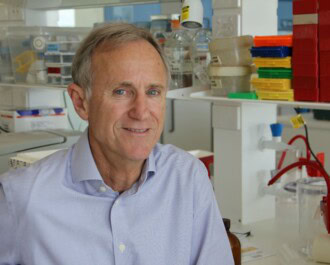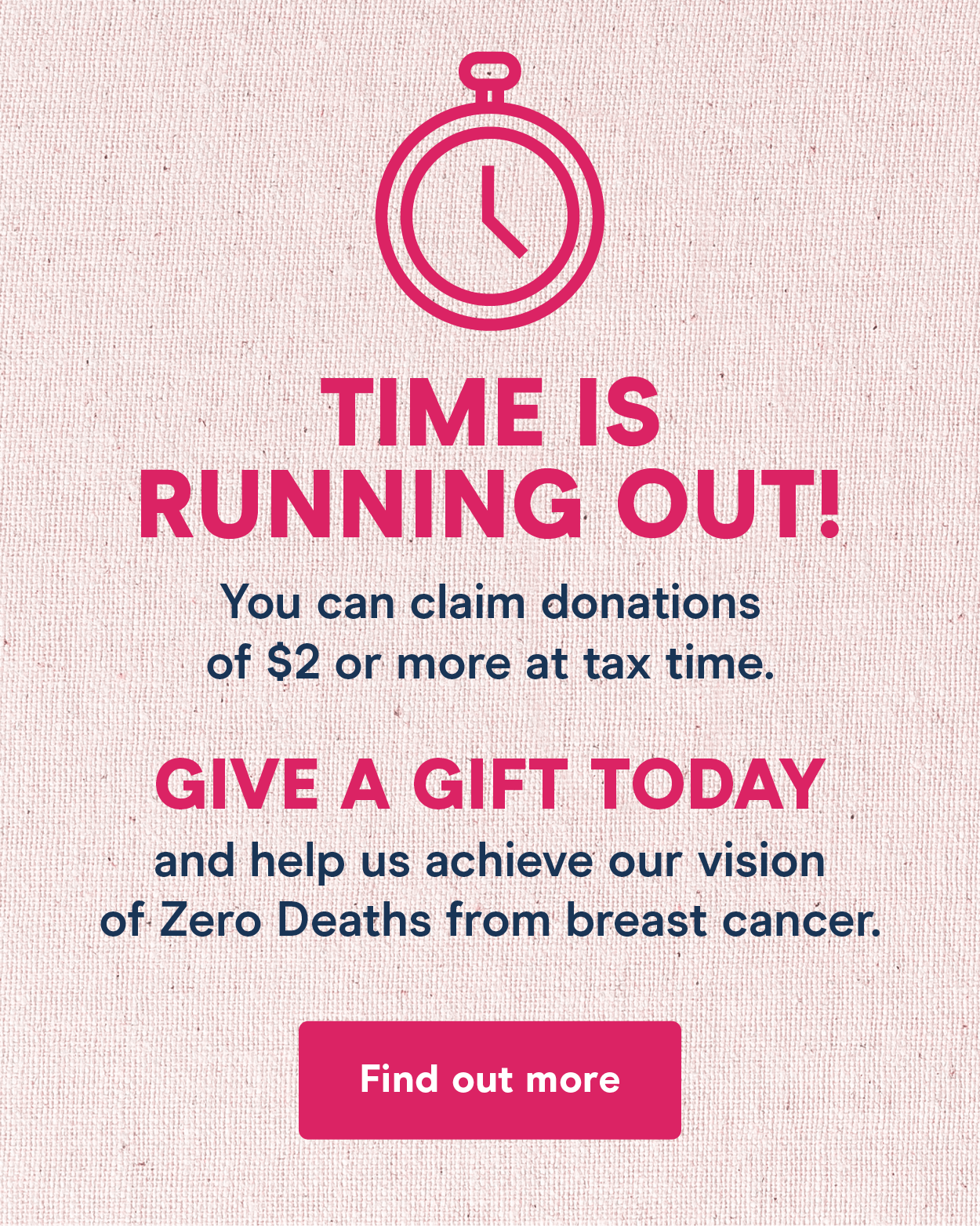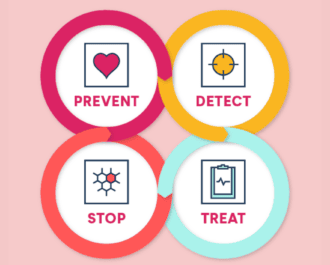
A series of recent studies by NBCF-funded researcher A/Prof Jennifer Stone have provided essential information about breast density and cancer risk in Australian Aboriginal women. The findings of this research will help provide better information to Australian Indigenous women and to inform mammographic screening policy in Australia. Active dissemination of these research results within Aboriginal communities will also hopefully improve participation in mammographic screening and thereby improve early diagnosis and reduce breast cancer mortality.
Breast density is measured using a mammogram, with denser tissue highlighted as a white area on the scan. However, breast cancer also appears white on mammographic imaging, meaning dense breast tissue can “mask” tumours and make it more challenging to identify cancer. In addition, increased breast tissue density is itself a risk factor for the development of breast cancer.
There are ethnic variations in breast tissue density – with women from South Asia, Japan and African Americans showing lower density, and Native American and New Zealand Maori women showing higher density, compared to Europeans. However, until now, little was known about breast density in the Indigenous people of Australia.
To address this gap, A/Prof Stone and her team from the University of Western Australia have been studying breast density and the associated cancer outcomes for Australian Aboriginal women. First, they analysed over 1250 mammogram images from both Aboriginal and non-Aboriginal women from the BreastScreen Western Australia database. They found that, on average, Aboriginal women have lower breast tissue density. This means that mammograms are likely to be more sensitive to detecting breast cancer, making the imaging technique a particularly good screening tool for Aboriginal women.
Next, the research team looked at the relationship between breast density and cancer risk in Aboriginal women. They found that increased breast density is also a risk factor for developing cancer in Aboriginal women. In fact, the association between dense breast tissue and increased risk of breast cancer is stronger in Aboriginal women than in their non-Aboriginal peers.
As a result of these studies, A/Prof Stone and her team recommend that Indigenous status needs to be taken into account in breast cancer prediction tools. The information will help guide the use and analysis of mammograms in Indigenous women and help improve screening outcomes.
“This research will have high impact on our knowledge in this area and lead to real changes in the way that breast cancer screening programs operate,” said A/Prof Stone. “We are aiming to develop a tailored breast cancer screening program in Australia where women at increased risk of the disease are identified and targeted, improving early detection and providing better breast cancer outcomes.”
A/Prof Stone’s stellar team included Ms Kirsty McLean, a Doctor of Medicine student who was recently a finalist for the 2019 Shell Aboriginal STEM Student of the Year Award. The research was proudly supported by the NBCF.
Within this report and within Western Australia, the term Aboriginal is used in preference to Aboriginal and Torres Strait Islander, in recognition that Aboriginal people are the original inhabitants of Western Australia. No disrespect is intended to our Torres Strait Islander colleagues and community.
More News Articles
View all News
